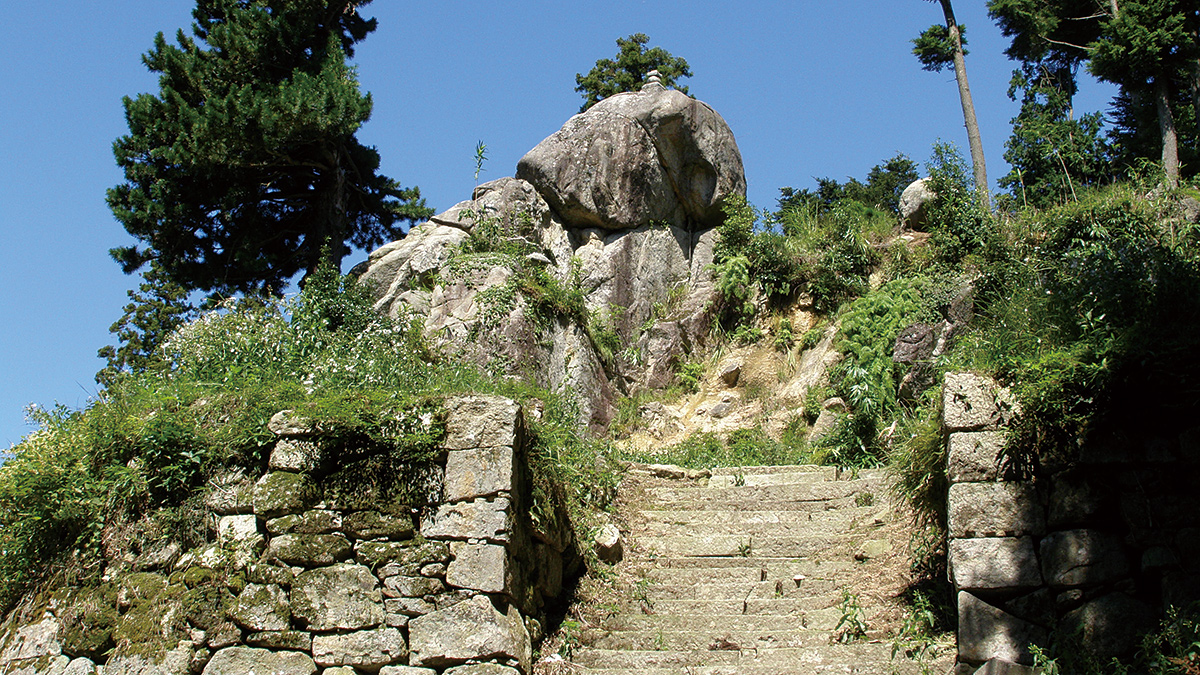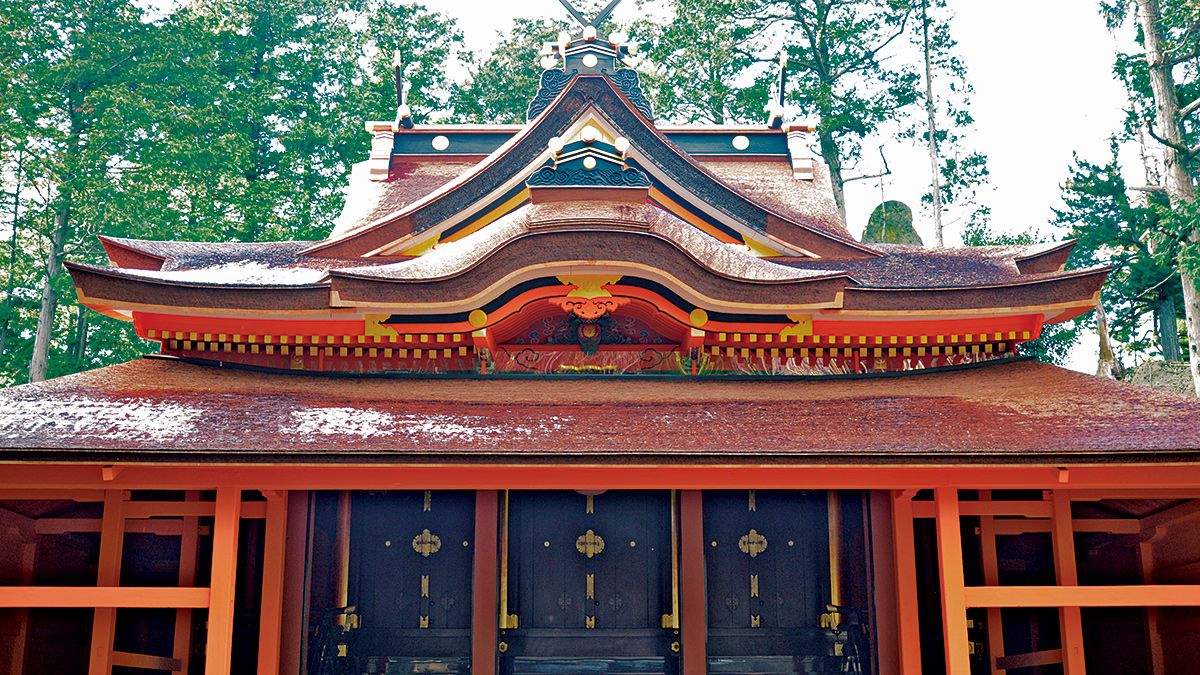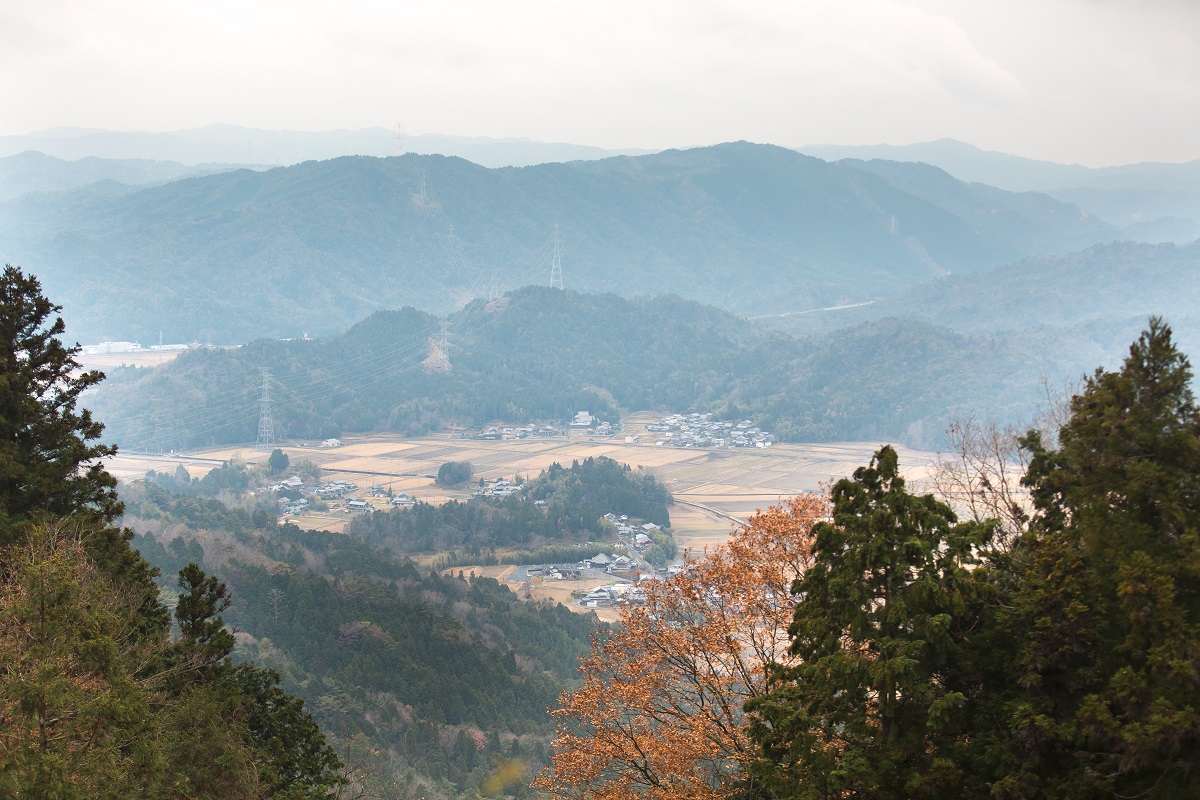- HOME
- Japan Heritage and the ninja
- Mt. Hando-san and Hando-jinja Shrine
Mt. Hando-san and
Hando-jinja Shrine

Mt. Hando-san is a sacred mountain, dominated by gigantic oddly shaped rocks where mountain
worship has flourished since ancient times.
The Hando-jinja Shrine is said to have been built in 714. The main hall of the shrine,
rebuilt in 1649, is designated as an important cultural property of Japan.
Mt. Hando-san was one of the most sacred grounds for religious Shugendo practitioners during
the Middle Ages in the Omi region between Kyoto and Nagoya, flourishing together with
Hando-ji Temple located in the mountains. Its ties with Kumano Sanzan (the three mountains
in the Kumano region) grew stronger from the latter half of the Kamakura era.
The site where Yamabushi (traveling monks) once practiced mountain asceticism is still
regarded as a sacred place of worship today.
-

Hando-jinja Shrine
-


